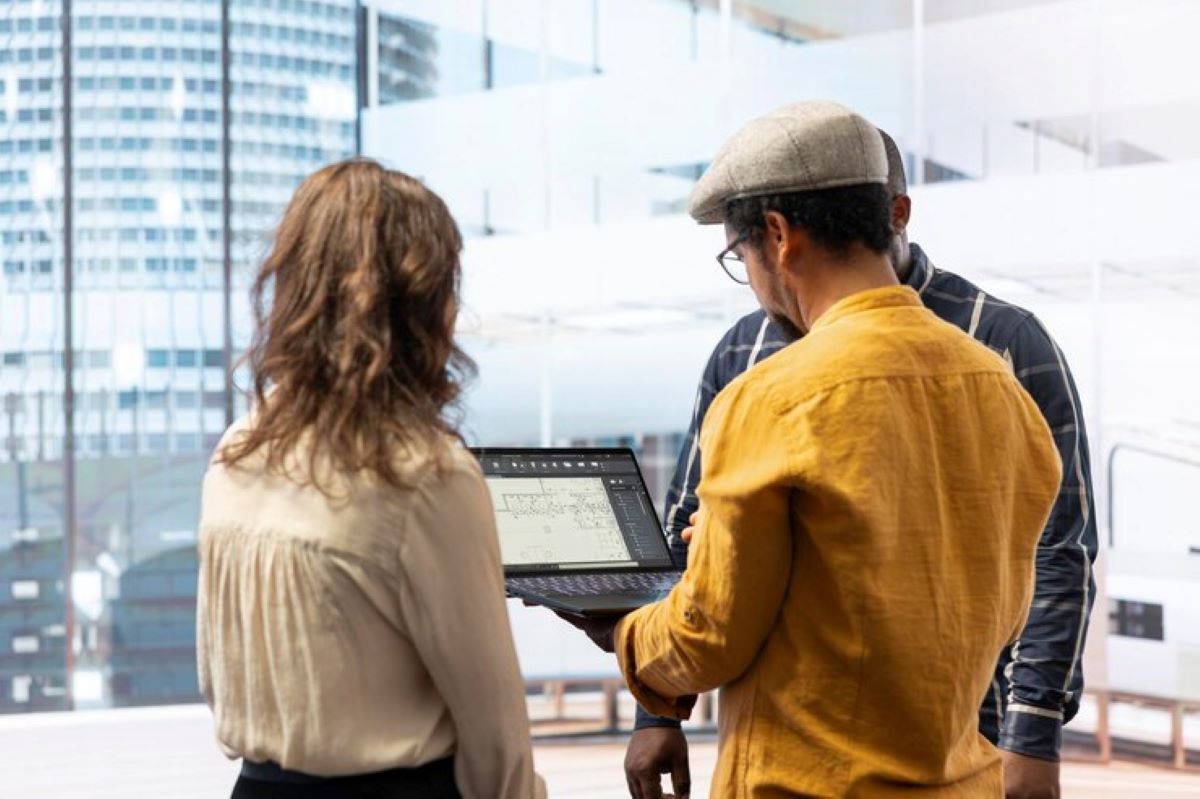Introduction
The Australian property market is evolving. While traditional investment strategies have focused solely on location, price, and rental yields, a new factor is reshaping the way investors and homeowners think about property: sustainability. Eco-friendly homes are no longer niche—they are becoming a central consideration for modern property investors, driven by environmental awareness, government incentives, and growing consumer demand.
This article explores why sustainable investing is critical in Australia, how eco-friendly homes affect property prices, and what investors need to know to stay ahead in 2025.
Overview of Foreign Investment in Australia
Foreign investors have traditionally been drawn to Australia for its stable economy, strong legal system, and high-quality urban infrastructure. Cities such as Sydney, Melbourne, and Brisbane remain top targets for international buyers seeking long-term capital growth.
Interestingly, foreign buyers are increasingly considering eco-friendly properties. International trends show that sustainable housing is gaining value faster, attracting investors who want both financial returns and environmentally responsible investments.
Key Trends in the Property Market
1. Rising Demand for Eco-Friendly Homes
Australian buyers are prioritizing homes with energy-efficient designs, solar panels, sustainable materials, and water-saving appliances. The demand for green-certified properties is rising in both metropolitan and regional areas.
2. Government Incentives
Federal and state governments are providing grants, tax rebates, and incentives for sustainable building and renovations. Programs like the Energy Efficient Homes Package encourage homeowners and investors to adopt green practices, which can increase property value and rental appeal.
3. Market Differentiation
Properties with eco-friendly features often stand out in competitive markets. Investors targeting high-demand areas can leverage sustainability to achieve higher rental yields, faster sales, and premium pricing.
See more: How to Choose the Best Commercial Lawyer in Sydney for Your Business
4. Integration of Technology
Smart home technology, energy-efficient appliances, and sustainable building materials are becoming standard in new developments. These upgrades not only reduce operational costs but also appeal to environmentally conscious tenants and buyers.
Economic and Policy Impacts
1. Impact on Property Prices
Eco-friendly homes often command higher prices due to their long-term cost savings, energy efficiency, and market appeal. Investors who purchase or develop green properties can achieve better capital growth and rental returns.

2. Foreign Investment Influence
International buyers increasingly consider sustainability in their purchasing decisions. Foreign investors, particularly from Europe and Asia, are showing strong interest in Australian eco-friendly properties, contributing to price growth in green-certified neighborhoods.
3. Policy and Regulation
Government policies, including the National Construction Code updates and sustainability certification programs like Green Star and NABERS, incentivize developers to build environmentally friendly properties. Investors who understand and leverage these regulations can maximize returns while supporting sustainable development.
How Local Buyers Are Affected
1. Affordability Challenges
While sustainable homes offer long-term benefits, initial costs may be higher. Local buyers need to assess whether investing in energy-efficient features or buying eco-friendly homes aligns with their financial capacity.
2. Rental Market Advantages
Eco-friendly properties are in high demand among tenants seeking reduced utility bills and a smaller carbon footprint. For investors, this translates to lower vacancy rates and stable rental income.
3. Lifestyle and Community Impact
Sustainable homes often contribute to healthier living environments and eco-conscious communities. Local buyers benefit from improved neighborhood appeal and potential property value uplift as sustainability becomes a key driver of market desirability.
Future Outlook
The future of property investment in Australia is increasingly green. Key trends include:
- Integration of Sustainability Standards: More developments will meet Green Star and NABERS ratings.
- Regional Growth: Eco-friendly developments are expanding beyond capital cities, offering investment opportunities in high-growth regional areas.
- Investor Awareness: Both local and foreign investors are prioritizing properties that offer environmental benefits and long-term financial returns.
- Technological Innovation: Smart home systems and renewable energy solutions will continue to enhance the appeal and profitability of eco-friendly homes.
Investors who embrace sustainability now are likely to capture higher returns and long-term market relevance.
Conclusion
Sustainable investing is no longer optional—it’s essential for forward-thinking property investors in Australia. Eco-friendly homes offer financial benefits, reduce environmental impact, and meet growing market demand. By integrating green practices, leveraging government incentives, and targeting emerging sustainable markets, investors can position themselves for profitable, responsible, and future-ready real estate portfolios in 2025 and beyond.
FAQS
Eco-friendly homes offer energy efficiency, lower utility costs, and environmental benefits. Buyers and investors are increasingly prioritizing sustainability, driven by lifestyle preferences, government incentives, and long-term financial advantages.
Sustainable homes typically command higher prices due to lower running costs, energy efficiency, and increased market demand. Investors often see better capital growth and rental yields compared to conventional properties.
Yes. Australian governments offer grants, tax rebates, and incentives for sustainable building, energy-efficient renovations, and eco-friendly appliances. These programs make green property investment financially attractive.
International buyers, especially from Europe and Asia, show strong interest in eco-friendly Australian properties. Their demand contributes to price growth, premium sales, and increased market visibility for green-certified homes.





